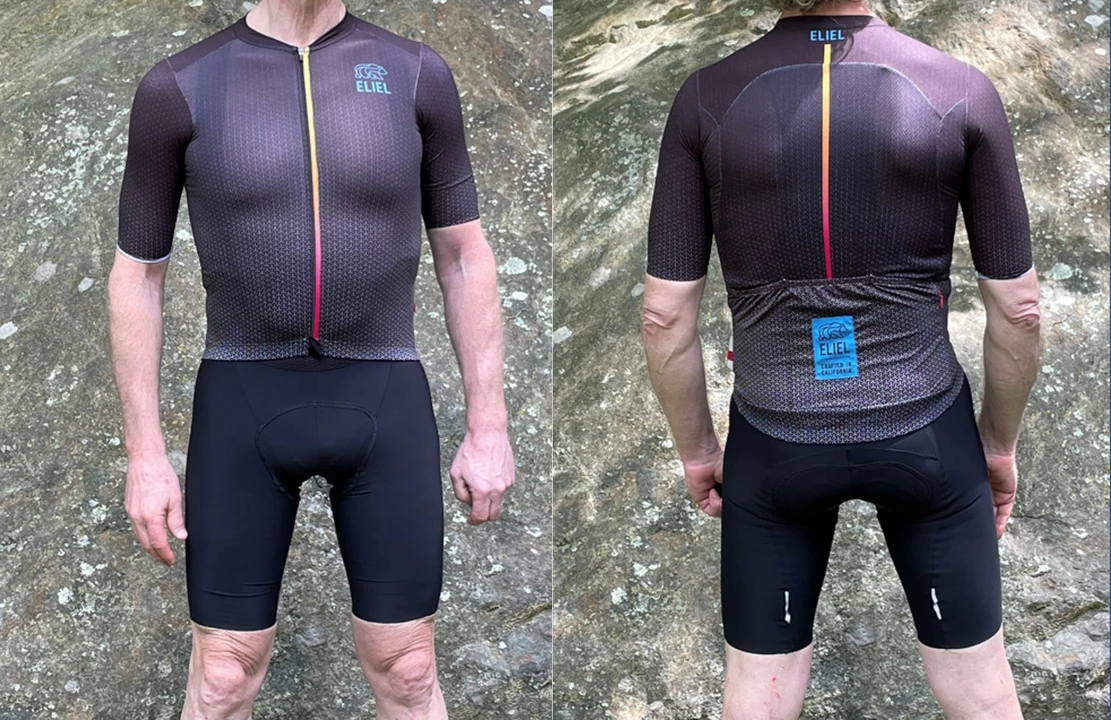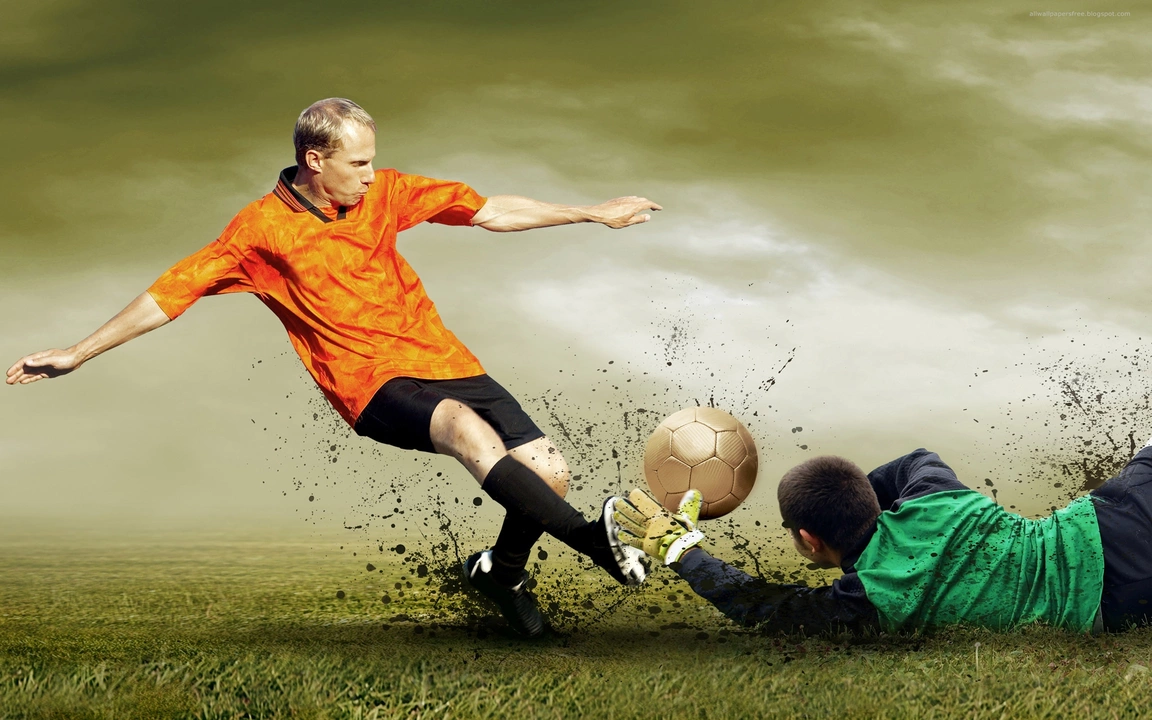Comparison Guide: Find the Best Cycling Gear and Workouts
When you’re trying to up your cycling game, the first thing you’ll notice is how many choices there are. Shoes, socks, indoor trainers, riding styles – it can feel like a never‑ending menu. The good news? You don’t have to guess. By breaking each category down into a few simple criteria, you can spot the gear that really matches your needs.
Choosing the Right Cycling Shoes
Most beginners think any shoe will do, but stiffness matters more than style. A stiffer sole transfers power straight from your foot to the pedal, giving you a smoother, stronger stroke. If you’re on a road bike or doing long indoor sessions, look for a shoe with a carbon or firm plastic plate. For mountain biking, a slightly more flexible sole can help you keep balance on rough terrain.
Fit is the second factor. The shoe should hug your foot without pinching; you should be able to wiggle your toes a little. Many online stores let you check size guides – use them. Try the shoe on with the cleats you plan to use; the cleat‑to‑shoe interface can affect comfort more than the shoe itself.
Weight and ventilation are the final pieces. Lighter shoes shave seconds off your climb, while breathable uppers keep your feet from sweating excessively. If you ride in hot weather, choose a mesh design. In colder climates, a closed‑back shoe with a bit of insulation can keep your feet warm without adding bulk.
Indoor vs Outdoor Cycling: What Works Best for You
Indoor trainers are priceless when the weather turns nasty, but they’re not a perfect replica of road riding. Outdoor rides give you wind resistance, changing gradients, and real‑world handling. If you’re focused on pure power numbers, a stationary bike with a reliable power meter lets you track watts, cadence, and heart rate under controlled conditions.
On the flip side, outdoor sessions improve bike handling, confidence on descents, and mental stamina. You also get the added benefit of fresh air, which can boost mood and recovery. A good approach is to split your week: two days on the trainer for interval work, three days out on the road or trail for endurance and skills.
When you compare, consider your goals. Want to shave a minute off a time trial? Prioritise structured interval sessions on a trainer. Need to master technical descents? Hit the trail. The key is to treat each environment as a tool, not a replacement.
Other comparisons you’ll run into often include socks and accessories. The best men’s cycling socks balance cushioning with breathability – look for a blend of merino wool and synthetic fibers. They’ll wick moisture, keep you warm in cold rides, and stay snug on long climbs.
In the end, comparing gear and training methods boils down to three questions: Does it improve performance? Is it comfortable for the duration you plan to ride? And does it fit your budget? Keep these in mind, test a few options when you can, and you’ll quickly see which choices give you the biggest return on the road or the trainer.
Which is better, bib shorts or cycling shorts?
After comparing bib shorts and cycling shorts, I've found that it really depends on personal preference and the type of cycling you do. Bib shorts provide more support and comfort for longer rides, as they don't have a waistband that can cause discomfort. On the other hand, cycling shorts are more versatile and easier to wear in various situations. It's essential to try both and see what feels best for you and your cycling needs. Ultimately, comfort and functionality should guide your decision.
Which is better, soccer/football or mountain biking?
In my latest blog post, I explored the ongoing debate between soccer/football and mountain biking, trying to determine which activity is better. I considered factors such as physical benefits, social aspects, and accessibility. While soccer provides an excellent cardio workout and team-building opportunities, mountain biking offers thrilling adventures and full-body conditioning. Ultimately, it comes down to personal preferences and individual goals. I encourage my readers to try both activities and decide for themselves which one aligns with their interests and lifestyle.

